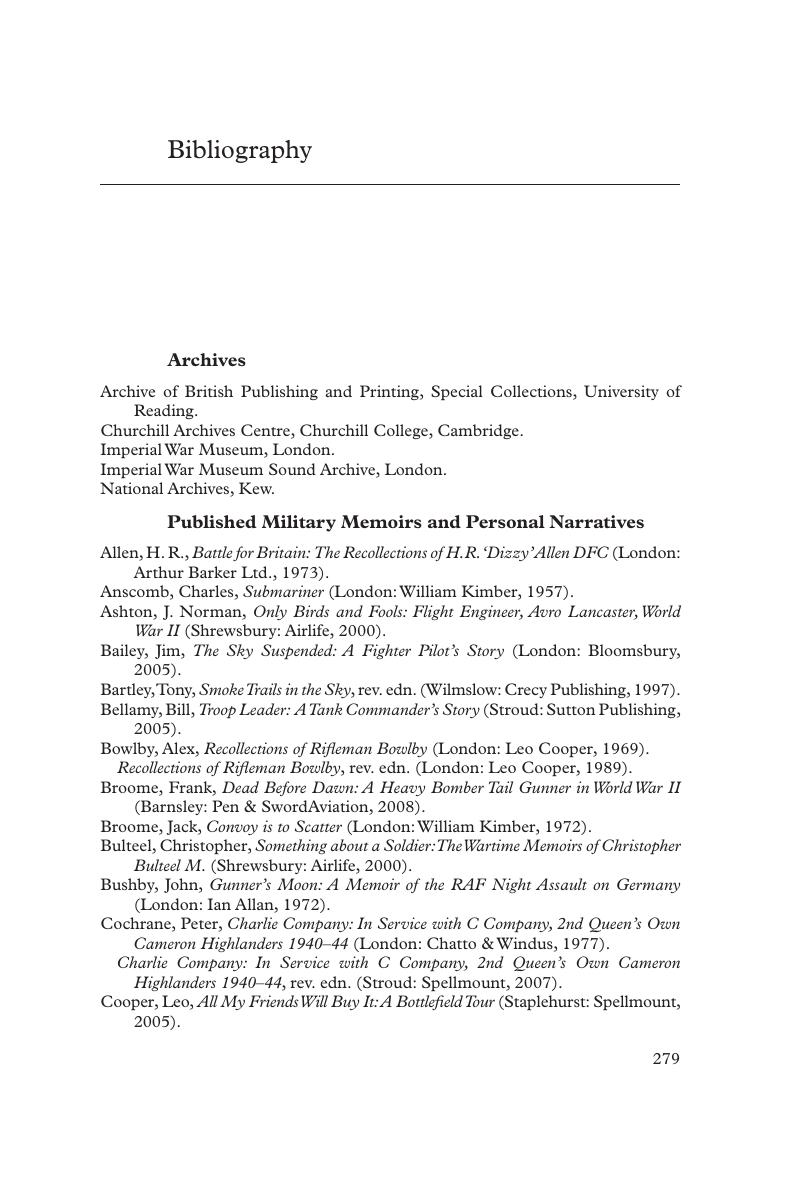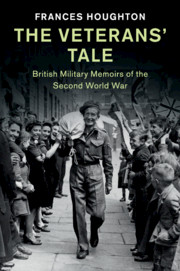Book contents
- The Veterans' Tale
- Studies in the Social and Cultural History of Modern Warfare
- The Veterans' Tale
- Copyright page
- Dedication
- Contents
- Acknowledgements
- Abbreviations
- Introduction
- 1 Motive and the Veteran-Memoirist
- 2 Penning and Publishing the Veteran's Tale
- 3 Landscape, Nature, and Battlefields
- 4 Machines, Weapons, and Protagonists
- 5 ‘Distance’, Killing, and the Enemy
- 6 Comradeship, Leadership, and Martial Fraternity
- 7 Selfhood and Coming of Age in Veteran Memoir
- 8 History, Cultural Memory, and the Veteran-Memoirist
- Conclusion
- Bibliography
- Index
- References
Bibliography
Published online by Cambridge University Press: 28 December 2018
- The Veterans' Tale
- Studies in the Social and Cultural History of Modern Warfare
- The Veterans' Tale
- Copyright page
- Dedication
- Contents
- Acknowledgements
- Abbreviations
- Introduction
- 1 Motive and the Veteran-Memoirist
- 2 Penning and Publishing the Veteran's Tale
- 3 Landscape, Nature, and Battlefields
- 4 Machines, Weapons, and Protagonists
- 5 ‘Distance’, Killing, and the Enemy
- 6 Comradeship, Leadership, and Martial Fraternity
- 7 Selfhood and Coming of Age in Veteran Memoir
- 8 History, Cultural Memory, and the Veteran-Memoirist
- Conclusion
- Bibliography
- Index
- References
Summary

- Type
- Chapter
- Information
- The Veterans' TaleBritish Military Memoirs of the Second World War, pp. 279 - 290Publisher: Cambridge University PressPrint publication year: 2019



